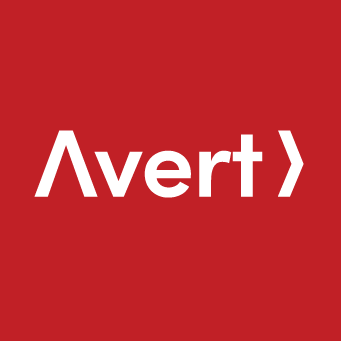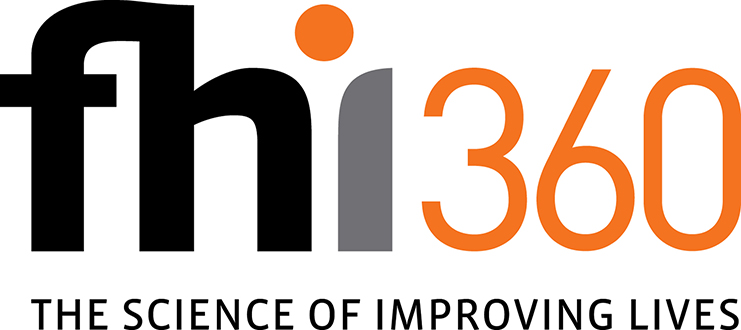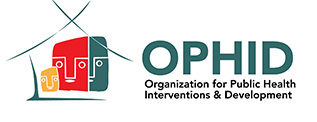Episode 2 – Apps, Bots, and Chats: Innovations in health tech
News headlines today are dominated by the promise of Artificial Intelligence (AI). Tools like ChatGPT aggregate information from around the web and mimic human responses with surprising accuracy to answer user questions, write emails, and even prepare job applications! Can similar technology be used to link patients to health care, to share self-care information, or to learn about an emerging pandemic? The possibilities of health tech are immense and to truly unlock its full potential, we must take a close look at what works and what doesn’t — and why.
In Episode 2, Dr. Shaffiq Essajee – host of HIV Reimagined and Senior Advisor at the HIV and AIDS Section, Health Programme Group, UNICEF – poses a few big questions about the role of technology and innovation in health, along with studio guest Emily Nicholson. What makes a digital health tool truly impactful? Does innovation always mean developing new technology? How can digital spaces parallel the success of existing interventions?
Emily Nicholson is the Health Specialist, Digital within the UNICEF Latin America and the Caribbean Regional Office. She speaks to the trends and opportunities she is seeing in the digital health space as well as considerations for programme designers and policymakers. Technology can connect humans to humans without the barriers imposed by physical distance; examples include the use of telemedicine to close the coverage gap in primary health care by UNICEF Kyrgyzstan and efforts supported by UNICEF North Macedonia to use remote monitoring devices for chronic disease management.
Innovations in health technology help empower patients to become active participants in their care. To realize this, however, programme designers must work with the end users to create digital solutions that keep humans at the center. Emily Nicholson notes that harnessing the promise of health technology innovations requires consistent collaboration with communities, implementers, and policy makers as well as real investments in sustaining that collaboration.
Features
Lucila Suarez Battan, founder of Talk2U
For a young person addressing a complex health crisis, an online friend can be a lifesaver. What if that friend was also well-informed and provided evidence-based support? Talk2U is a health technology company that combines AI and behavioral science to not only mimic human interactions, but also enrich them – featuring a new way to have difficult conversations about health.
In this episode, Talk2U co-founder Lucia Suarez Battan describes the impact of these therapeutic chat conversations on young people’s well-being and charts further examples of how this model of combining storytelling, evidence-based interventions, and technology can be used for health programmes. Interested in learning more? Talk2U invites you to join the co-creation community: “Anybody that wants to join and give their expertise to co-create wonderful experiences is welcome. Changemakers, community leaders, that want to do something in their community with young people – We want you to work with us. We want you to be here.. Because that’s the idea: everyone working together to create a better, safer, healthier world.”
Leah Newman, director of product management at Viamo
Toll-free phone numbers have been utilized for decades, enabling clients around the world to contact businesses and organizations without incurring long-distance telephone charges. The same model can be used to share health information – especially with individuals who may not have access to smartphones or the internet. Viamo is a technology-focused social enterprise that facilitates complex health knowledge transfer with a simple toll-free phone number. Its platform connects individuals with the on-demand information they need with a simple phone call. Viamo tailors messages for community needs and programmes in vernacular languages. Leah Newman explains the platform and how individuals often use it to explore a topic in depth in the privacy of their homes. During the COVID-19 pandemic, use of the platform spiked to reach over 30 million people with essential information about the pandemic and prevention measures. See the case studies to learn more about where and how Viamo’s digital solutions are being used, including to combat childhood malaria in sub-Saharan Africa and to reduce the mental health services gap in Rwanda.
Isabell Mutasa and Sostain Moyo, community outreach agent coordinators at OPHID
Community health workers (CHWs) play a critical role in advancing health equity, reaching individuals and their communities with essential prevention, treatment, and care services. Innovations in technology can support CHWs to enhance the quality and effectiveness of their services. Boost is a mobile app developed by Avert and championed by the Organization for Public Health Interventions and Development (OPHID) in Zimbabwe to support CHWs in their work.
Isabell Mutasa and Sostain Moyo speak to their experiences using Boost and the difference it has made to how CHWs deliver care. Boost makes information on HIV and sexual health easily available to CHWs who use it to provide quality care and support to communities. The app has also been translated into local languages (Shona and Ndebele) and is being used by hundreds of OPHID’s community outreach agents. The CHWs note that it has improved their knowledge and confidence, resulting in better relationships with those they serve. Key to its success, the job aid was co-created with CHWs and peer educators, and designed with their priorities at its center. Access the online version of Boost (boost.avert.org) and learn more about the project.
Tshepiso Lolama Molete, content marketing administrator at Tebelopele Wellness Centers
From Botswana, Tshepiso Lolama Molete speaks about translating advantages of peer-led interventions for young people to the virtual world with ‘Cookie Jar,’ a Facebook Group launched by FHI360 through Accelerating Projects in Communities. The group supports young women to discuss HIV risks and prevention approaches, understand more about sexual health, and learn from each others’ experiences. It is “the users themselves that have the greatest impact on each other,” with the platform providing a safe space to shift social and gender norms that otherwise hinder the use of HIV services.
With the Cookie Jar, young women have an accessible place to seek information about HIV and sexual health topics that may be difficult to discuss in their communities and to receive peer support. Learn more about the Cookie Jar and the Advancing Projects in Communities project at FHI360. Young women aged 15–24 years are invited to join the Facebook group to engage on sexual health topics.
New technologies and reimagined existing technologies are improving health delivery systems, enabling knowledge exchanges, empowering individuals, and building communities. To realize their full potential for health, we must focus on making sure innovations are accessible to all and centered on the people they serve. We must continue to learn from those at the frontlines to support the platforms, technologies, and approaches that work best for communities. As studio guest Emily Nicholson noted, this includes documenting where they fail and learning from them to build systems that are designed for the end users.
Inspired or intrigued by what you just heard? Share your questions, comments, and valuable feedback with the HIV Reimagined team at childrenandaids@unicef.org.





